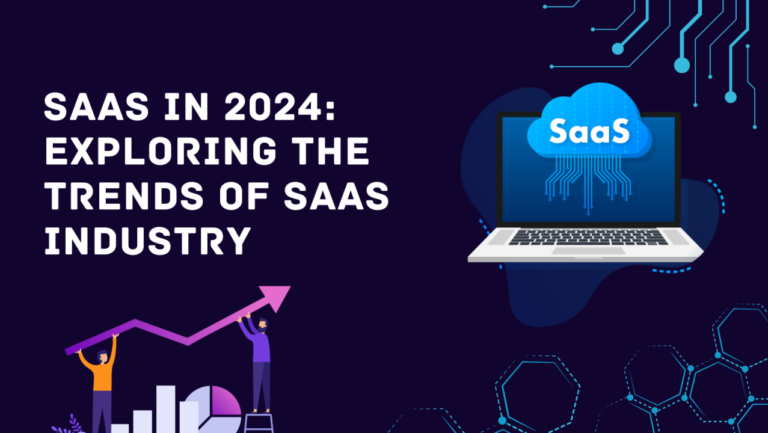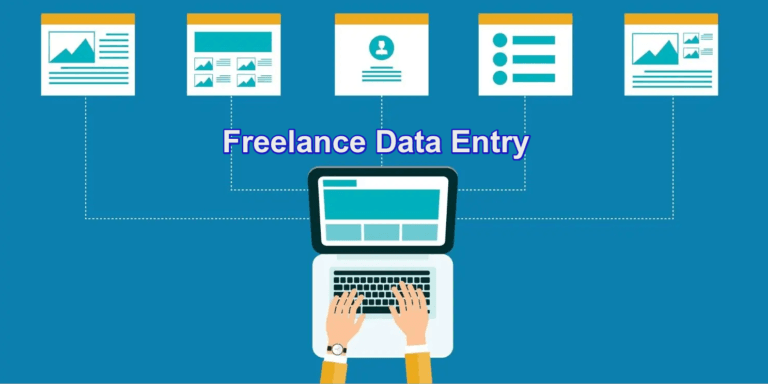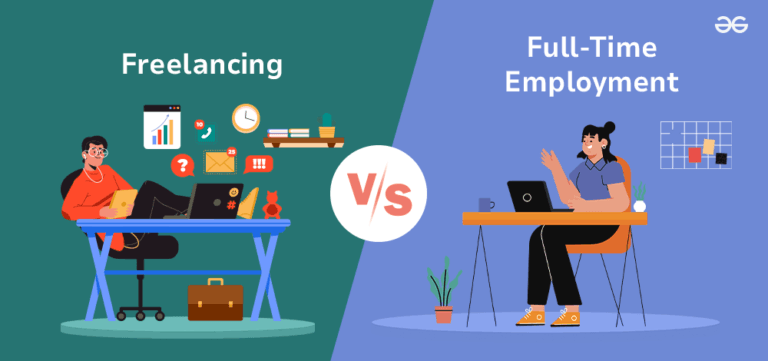There are 4 levels of AWS certifications, with an increasing degree of complexity. Once you get your AWS foundational certificate, the next thing to do is to go for an AWS Associate certificate. If you are interested even further, you can get a professional certificate, and then a specialty certificate. Also, a good thing to keep in mind is, certificates don’t always correlate with skill. You can be good at something without a certificate. But having a certificate shows your credibility (Is AWS Certification Worth it? – EnableGeek). It also gives you more job opportunities with advantages in your resume, and also it will boost your confidence to achieve more. So, if you are going for an AWS certification, then all the best to you!
In this article, we will discuss the AWS Certified Solution Architect Associate (SAA) Exam, what it is about (domain), and what you will learn theoretically (knowledge) and with hands-on demonstrations (skills).
Introduction to the Solution Architect Associate Exam
The Solution Architect Associate exam validates the candidate’s ability to use AWS’s well-architectured products. So that they can design solutions to make the architectures secure, resilient, high-performing, and cost-optimized. It’s a lucrative certificate because the annual income of an associate solution architect is $126,790 (source: glassdoor.com). The exam is a pass-or-fail exam; by achieving the minimum score, you will earn the certificate.
As an associate AWS exam, the SAA exam cost is $150. AWS provides exam guidelines. To help you practice there is also an official practice test, which costs about $20.
Target Candidate
The target candidate should have at least 1 year of hands-on experience creating cloud solutions for AWS’s various services.
What Will Be In The Exam?
The exam will have a total of 65 questions. Among these, 50 questions will be scored. And the other 15 questions are unscored; with these unscored questions, AWS collects information about candidates’ performance for future uses.
The exam is reported as a scaled score of 100–1000. The passing score is 720.
Not all sections will have the same amount of questions. The exam uses a compensatory scoring model. So, you don’t need to pass each section. The overall score is judged on your qualification.
There are two types of question responses on the exam.
- Multiple choice: It has one correct answer and three incorrect responses (distractors).
- Multiple responses: It has two or more correct answers among five or more responses.
Distractors or incorrect options are plausible responses. So, you should learn the topics properly to pass. Not answering the questions will be regarded as incorrect; there is no penalty for incorrect responses.
Content Outline
The SAA exam consists of four domains with different weightings.
| Domain | % of Exam |
| Domain 1: Design Secure Architectures | 30% |
| Domain 2: Design Resilient Architectures | 26% |
| Domain 3: Design High-Performing Architectures | 24% |
| Domain 4: Design Cost-Optimized Architectures | 20% |
| TOTAL | 100% |
In the following section, the different task statements for these domains will be stated.
What You Will Learn
Each domain is oriented to specific topics. In this section, we will briefly discuss what you will learn from each domain. We will go through the most common topics here.
Domain 1: Design Secure Architectures
Task Statement 1: Design secure access to AWS resources.
You will learn the basics of access control and management, global infrastructure, and best security practices. Also, you will learn about IAM users, multi-factor authentication, authorization model (IAM users, groups, roles, and policies), role-based access control strategy, and many more.
Task Statement 2: Design secure workloads and applications.
In this section, you will learn about secure application access, security services (Amazon Cognito, Amazon GuardDuty, Amazon Macie), threat vectors, Designing VPC architectures with security components (security groups, route tables, network ACLs, NAT gateways), network segmentation strategies (subnets) and many more.
Task Statement 3: Determine appropriate data security controls.
In this section, you will learn about data access, governance, data recovery, data retention, and classification. You will also learn about data backups and replication, along with encryption and key management.
Domain 2: Design Resilient Architectures
Task Statement 1: Design scalable and loosely coupled architectures.
This section discusses API creation and management, caching strategies, design principles for microservices, event-driven architectures, horizontal scaling, and vertical scaling, edge accelerators (CDN), load balancing concepts, storage types, containers, read replicas, and many more topics.
Task Statement 2: Design highly available and/or fault-tolerant architectures.
In this section you will know about AWS global infrastructure (Availability Zones, AWS Regions, Amazon Route 53), basic networking concepts (route tables), disaster recovery (DR) strategies (backup, restore), failover strategies, proxy concepts (Amazon RDS Proxy), automation strategies, designs to mitigate single points of failure and many other topics.
Domain 3: Design High-Performing Architectures
Task Statement 1: Determine high-performing and/or scalable storage solutions.
In this section, you will learn about hybrid storage solutions, storage services (Amazon S3, Amazon Elastic File System, Amazon Elastic Block Store), storage types (object, file, block), and many more.
Task Statement 2: Design high-performing and elastic compute solutions.
In this section, the exam topic will be regarding AWS compute services (AWS Batch, Amazon EMR, Fargate), distributed computing concepts, queuing and messaging concepts (publish/subscribe), scalability (Amazon EC2 Auto Scaling, AWS Auto Scaling), serverless technologies (Lambda, Fargate) and many more topics.
Task Statement 3: Determine high-performing database solutions.
This section will discuss data access patterns (read-intensive, write-intensive), database capacity planning (capacity units, instance types), database connections and proxies, database engines (MySQL, PostgreSQL), database replication (read replicas), database types and services (serverless, relational compared with non-relational, in-memory, Amazon Aurora, Amazon DynamoDB), and many more topics.
Task Statement 4: Determine high-performing and/or scalable network architectures.
The discussion topic of this section is edge networking services (Amazon CloudFront, AWS Global Accelerator), how to design network architecture (subnet tiers, routing, IP addressing), load balancing concepts (Application Load Balancer), Network connection options (AWS VPN, Direct Connect, AWS PrivateLink), network topology (global, hybrid, multi-tier) and many more.
Task Statement 5: Determine high-performing data ingestion and transformation solutions.
In this section, you will learn about data analytics and visualization services (Amazon Athena, AWS Lake Formation, Amazon QuickSight), data ingestion patterns (frequency), data transfer services (AWS DataSync, AWS Storage Gateway), data transformation services (AWS Glue), sizes and speeds needed to meet business requirements, streaming data services (Amazon Kinesis), data lakes, and many more topics.
Domain 4: Design Cost-Optimized Architectures
Task Statement 1: Design cost-optimized storage solutions.
In this section, the discussion topic is access options, AWS cost management service features (for example, cost allocation tags, multi-account billing), AWS cost management tools (for example, AWS Cost Explorer, AWS Budgets, AWS Cost and Usage Report), backup strategies, block storage options (for example, hard disk drive [HDD] volume types, solid-state drive [SSD] volume types), data lifecycles, hybrid storage options (DataSync, Transfer Family, Storage Gateway), storage access patterns, storage tiering, and many other topics.
Task Statement 2: Design cost-optimized compute solutions
This section contains topics such as AWS purchasing options (for example, Spot Instances, Reserved Instances, Savings Plans), distributed computing strategies (for example, edge processing), hybrid compute options (for example, AWS Outposts, AWS Snowball Edge), instance types, families, and sizes (for example, memory-optimized, compute optimized, virtualization), optimization of compute utilization (for example, containers, serverless computing, microservices), scaling strategies (for example, auto-scaling, hibernation, and other topics.
Task Statement 3: Design cost-optimized database solutions.
In this section you will learn about caching strategies, database capacity planning (for example, capacity units), database connections and proxies, database engines (for example, heterogeneous migrations, homogeneous migrations), database replication (for example, read replicas), database types and services (for example, relational compared with non-relational, Aurora, DynamoDB), determining cost-effective AWS database types and many more.
Task Statement 4: Design cost-optimized network architectures.
In this section, the discussion topics are load balancing concepts (for example, Application Load Balancer), NAT gateways (for example, NAT instance costs compared with NAT gateway costs), network connectivity, network routing, topology, and peering (for example, AWS Transit Gateway, VPC peering), network services (for example, DNS) and other topics.
Do keep in mind that you will need to learn many more topics to pass this exam with the necessary use cases. So a little hands-on practice will go much further.
How long should you prepare for the exam?
Most people taking the exam say 4-6 weeks is the perfect amount of time to prepare for the exam. If you are not in a hurry, you may take about 2 months for the exam. The course material is very straightforward; and with hands-on practice and proper focus, you will have no trouble passing the exam in two months.
The AWS Solution Architect Associate certificate will help you move further in your tech career! If you are determined, go for it. Best of luck with your adventures!









1 thought on “AWS Certified Solution Architect Associate Exam: Domains, Knowledge, and Skills”
Al great deal for a web developer.